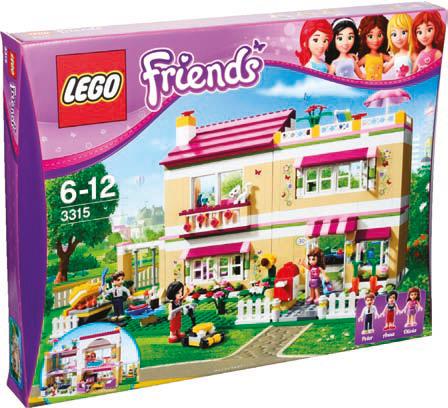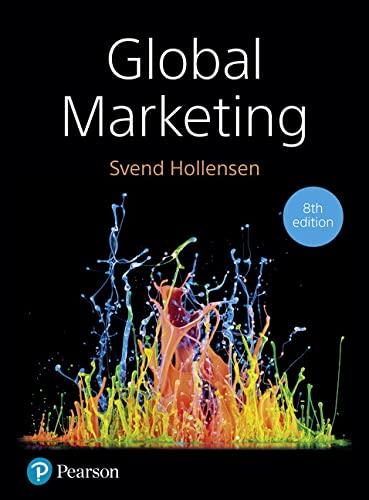LEGO (www.lego.com) is now the second largest toymaker globally after Mattel, with total revenues in 2017 of
Question:
LEGO (www.lego.com) is now the second largest toymaker globally after Mattel, with total revenues in 2017 of DKK 35.0 billion (€4.7 billion) and DKK 7.8 billion (€1.1 billion) in net profit. Its main category presence is in construction toys, where LEGO holds the leading company share in the vast majority of countries.
While the majority of LEGO products fall within the construction toy category, the company maintains a diverse product portfolio, with a mix of licensed and non-licensed properties, and different toys. LEGO continues to experiment with the brick toys concept, The product range is designed to appeal to all age groups. LEGO maintains a strong relationship with licence owners such as Disney and LucasArts, and uses many licences on its products.
In general the majority of toy production is outsourced to China. However, LEGO has retained a large part of production capabilities in-house rather than outsourcing to the Far East, focusing on product quality and innovation rather than price. This strategy has paid off, with customers proving that they are willing to pay a price premium as long as the product quality is perceived as high.
Many traditional toy makers are having a tough time as competition intensifies from digital games.
Aging populations in Europe present another big

challenge, shrinking the market for toys. But LEGO, owned by Denmark’s richest family, is expecting continued sales growth in the coming years.
Demand for its Lego City and Lego Star Wars product lines continues. In 2014 LEGO ales were lifted substantially by the success of The Lego Movie.
Not only did LEGO make a specific line of toys based on the movie, there was also a ‘halo effect’ from the media attention, which helped sales.
Part of LEGO’s long-term strategy is to turn east and cash in on the growth of the Asian toy market.
LEGO sales in China rose 50 per cent year-on-year, after a similar expansion in 2013. In April 2014, LEGO laid the foundations for its first Chinese factory, due to start manufacturing this year and reach full-scale production in 2017.
LEGO enters the girls’ segment with LEGO Friends (http://friends.lego.com)
The main target of LEGO products is the 5–12-yearold age group, but LEGO has a diversified range of products and licences to keep its brand appeal high across various age groups. For example, as part of its Duplo range, LEGO has the Winnie the Pooh licence from Disney that is tailored to the pre-school age range. As children grow older, other licences become more popular. LEGO has Pirates of the Caribbean, for example, which is especially popular among 5–12-year-olds. For older age groups, LEGO offers the Technic range, among others, aimed more at 12–16-year-olds.
LEGO products do not have a firm gender distinction in the same way as dolls or action figures, but its main product lines appeal mostly to boys. Until the launch of LEGO Friends 90 per cent of LEGO’s end-customers were boys and only 10 per cent were girls. This was the main trigger for the LEGO management’s decision to launch LEGO Friends, which was designed to appeal primarily to girls......
Questions
1. Emerging markets like China, India and Indonesia offer long-term opportunities for organic growth.
However, LEGO still has a small share in developing economies. What kind of market data would you collect in order to increase market shares in the three countries?
2. Was it a good idea to launch LEGO Friends? Why/
why not?
3. LEGO Friends has been introduced as a supplement to the current product range. How would you recommend that LEGO management measures the degree of market success for LEGO Friends?
Step by Step Answer:






